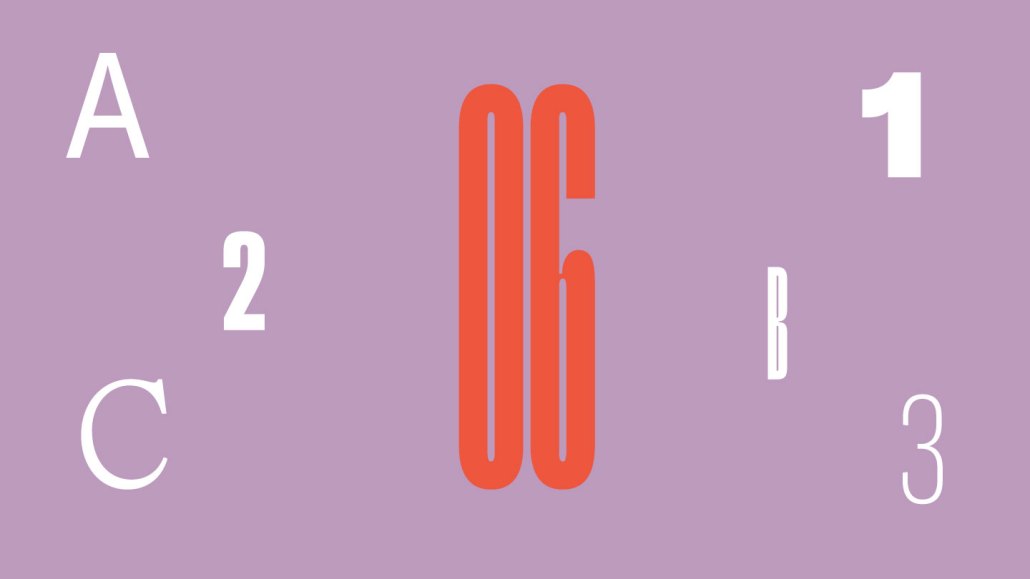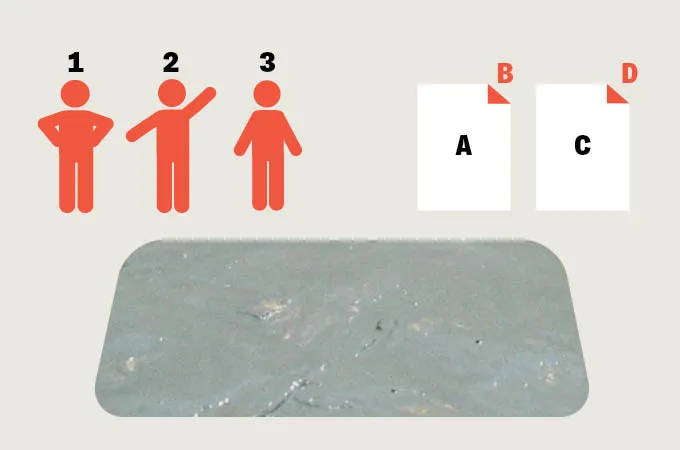Math puzzle: The conundrum of sharing

This month, we visit a trendy (but fictional) spa with an unusual feature: hot mud beds.
You lay a plastic sheet on the mud. Then you lay your body upon the sheet. Without any direct contact between mud and body, you spend several minutes enjoying the soft and saunalike heat, sweating all over the plastic. Even though the spa session doesn’t last long, it is said to be wonderfully restorative.
One day, three friends arrive. Unfortunately, only two plastic sheets are available. No one wants to miss out; then again, no one wants to lie on someone else’s sweat.
“Wait!” says one. “It’s simple! I’ll use one side of the sheet, and you can use the other.”
“Are you kidding?” another replies. “That side will be covered in mud.”
The first friend smiles. “Not if we plan ahead.”

#1: How can all three friends partake in the spa using just two sheets?
#2: The next day, five friends visit the spa, and only three sheets are available. Can they all partake? (Let’s assume the spa now forbids laying an already-sweaty side of a sheet directly on their precious mud.)
#3: Soon, 10 friends visit the spa. Only five sheets are available. “Someone will have to miss out,” one of them declares. “There’s no way to know that,” says another, “until we at least look for a solution.” Who’s right?
#4: Later, the spa introduces a second kind of mud, which must not be mixed with the first. If three friends want to try both muds, how many sheets do they need at minimum? (Let’s assume each person is begrudgingly willing to lie twice on the same sheet.)
#5: Lurking here is a fully general question, one that mathematical researchers have yet to solve: What’s the minimum number of sheets that allows N friends to experience M kinds of mud if each side of a sheet may touch only a single person or a single kind of mud? (You might begin by assuming M = 1.)
While trying these puzzles, I recommend grabbing some index cards or sheets of paper to manipulate. Or if you’re feeling ambitious, grab some plastic sheets, some sweaty friends and a convenient mud patch.
Looking for answers? Go to sciencenews.org/puzzle-answers. We’d love to hear your thoughts. Email us at puzzles@sciencenews.org.